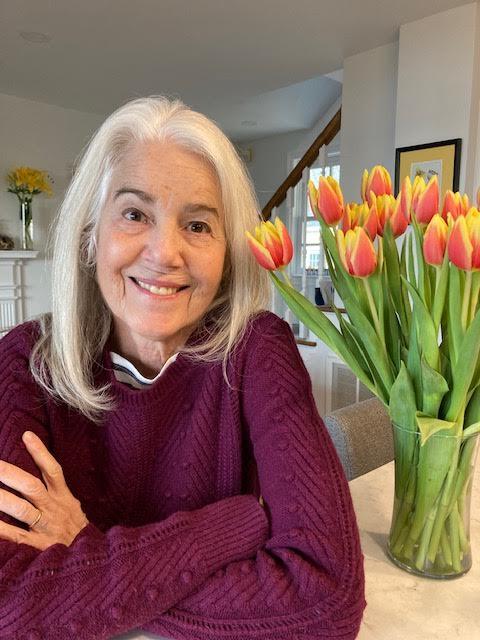
Part history, part relaxation, part entertainment, part exhilaration—but 100% fun. That’s how guests describe their time aboard the Selina II, a lovingly preserved 1926 Crosby catboat docked in St. Michaels. And for Captain Iris Robertson, who’s spent 25 years at the helm, it’s all of that and more.
“I grew up on Selina,” Captain Iris said. “She was built in 1926. I wasn’t built until 1958, but I spent my childhood on the boat. It was my destiny.”
That destiny has seen her take thousands of guests out on the water, sharing the boat’s story, the Bay’s ecology, and the joy of a good sail. From champagne sunset cruises to history-rich day sails, Captain Iris has made it her mission to turn each outing into something special.
The boat itself is worth the trip — gaff-rigged, 44 feet from stem to stern with the boom out, and 16 feet wide. “Cat-rigged,” Captain Iris explains, “means the mast is all the way forward. Boats like this were traditionally half as wide as they were long. That makes them really stable.” Which, it turns out, was the whole point.
Her grandparents’ first boat, a narrow powerboat, had given the family a real scare when it rolled so badly during a trip that water came over the sides. “My grandmother was holding a baby,” she said. “That was it. She said, ‘Get rid of the boat.’”
Soon after, they were invited sailing on a friend’s catboat. The wide, steady feel won her grandmother over. Robertson’s grandfather commissioned a similar boat, named it after his mother – Selina — and when he built a second one, he honored her again.
“My grandfather was her first master, then my parents, and then me,” she says. “I promised my dad I’d take care of her for 25 years. This season is the 25th.”
Robertson first took over the boat in 2001 and spent a year restoring her. After an abbreviated first season in Cambridge, she moved operations to Tilghman Island, and by 2004 had found a slip in St. Michaels. “I’d been trying to get into St. Michaels from the beginning,” she says. “It just made sense.”
And clearly, it worked. In peak season, Selina II goes out as many as five times a day—day sails, sunset cruises, moonlight rides. Robertson estimates she’s taken more than 11,000 trips over the years and around 60,000 guests. “You can do the math,” she said. “It’s a lot.”
One recent guest called the experience “1% terror, 99% flavor,”. “I didn’t actually feel terrified,” she added, “but it was exciting in the best way.”
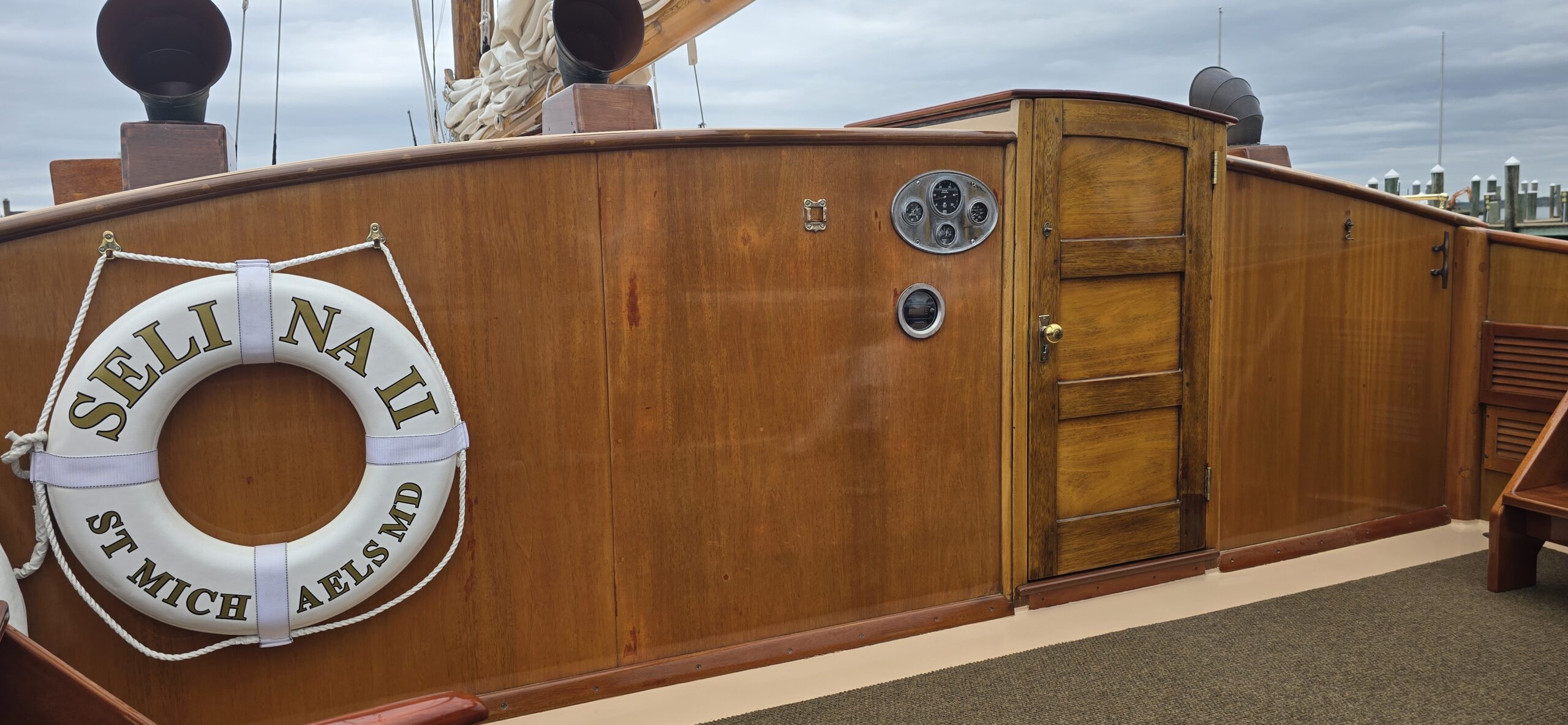
Another couple, Brittany and Brian Flynn, said they loved the boat’s deep family history. “She told us about the town, the Bay, the boat, her family — it was like a floating museum and lounge all in one,” Brittany said. Added Brian, “We learned so much. She’s just incredibly knowledgeable. And the boat is beautiful.
The guests Robertson sailed with that day—who got to learn local history, sip craft beer, and watch an interview unfold — declared it “the best ride ever.” When told that, Captain Iris smiled. “That’s what I aim for,” she said. “Making each trip the best ever.”
To make sure that happens, she aims to make each trip is a little different. “I always ask, ‘What are you interested in?’ Some people want to know about the Bay, others want the story of the boat, or the town, or conservation. We go with the flow.”
She’s seen the Bay change over the years. “When I first started here, the watermen came in with 25 bushels. Now it’s three,” she says. “The water quality may be a tad better than the worst years, but it’s still a long way from healthy. I used to see more fish jumping, more birds. It’s not just what you read—it’s what you see when you’re out here every day.”
Still, Captain Iris keeps it hopeful. “If I can get someone to ask, ‘What can I do to help?’– then I’ve done my job.”
That balance of beauty and meaning is part of what’s made Selina II an icon. “She’s part of my family,” she said, “but she’s become part of St. Michaels too.” The boat has appeared in countless paintings, on magazine covers, and even in state tourism campaigns. “People tell me I can’t leave,” she said.
In her comment was a touch of nostalgia because the end of this season will mark a turning point. The boat will return to Greenport, New York — the town where she was built — just in time for her 100th birthday. And she’ll stay in the family.
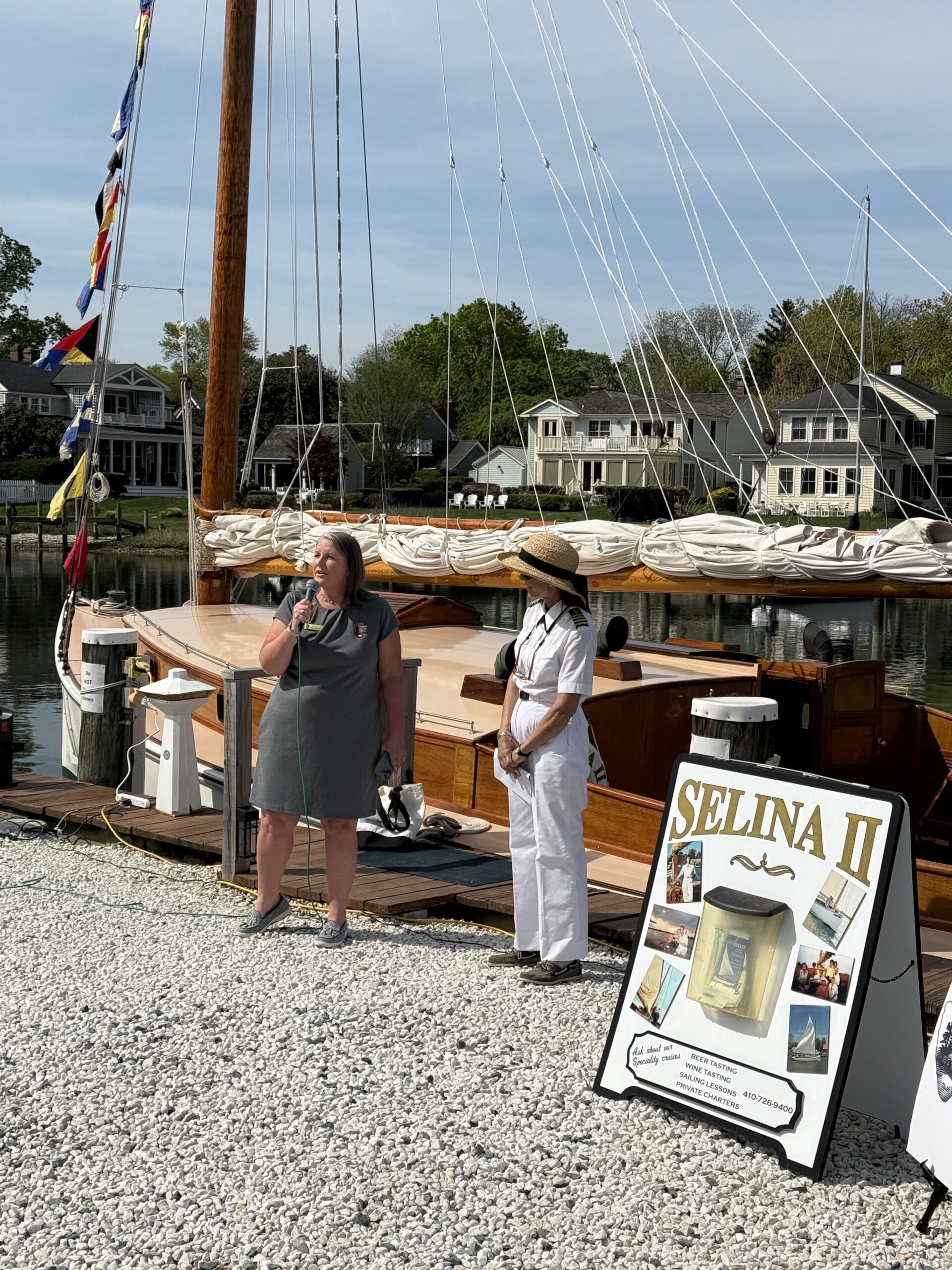 “My niece Salina — yes, with an ‘a’ — is taking her over,” Robertson says. “She lives in Greenport, which is kind of amazing. It’s come full circle.”
“My niece Salina — yes, with an ‘a’ — is taking her over,” Robertson says. “She lives in Greenport, which is kind of amazing. It’s come full circle.”
Whether her niece and nephew will run it as a charter is still being worked out. “She said she doesn’t want to run a boat business. He said maybe they can find someone who does but can’t afford a boat. It’s a lot of work. This boat is like a horse — you’ve got to feed it every day.”
Robertson has made sure they feel no pressure. “I’ve had three offers to buy the boat and business,” she says. “I told them, ‘You don’t have to take her. But if you do, I’ll love the story.’”
Just recently, on April 24, a ribbon cutting ceremony was held at the Harbour Inn Marina in St. Michaels to welcome Sail Selina II into the Chesapeake Gateways Network for its final season. The event included remarks from National Park Service Chesapeake Gateways Superintendent Wendy O’Sullivan.
As for her own next chapter, the Captain has a few ideas. “I haven’t been to a festival, or a concert, or even an event in 25 years,” she says. “I’m looking forward to gardening, traveling, spending time with my husband. I might still captain someone else’s boat from time to time — just to keep my hand in.”
And the guests will keep coming through this final season, many of them drawn by word of mouth or the chance to be part of something with history and heart.
“Being on the water with the wind in the sail, osprey overhead, and guests who are really present– that’s the sweet spot,” she says. “That’s when you know it was all worth it.”
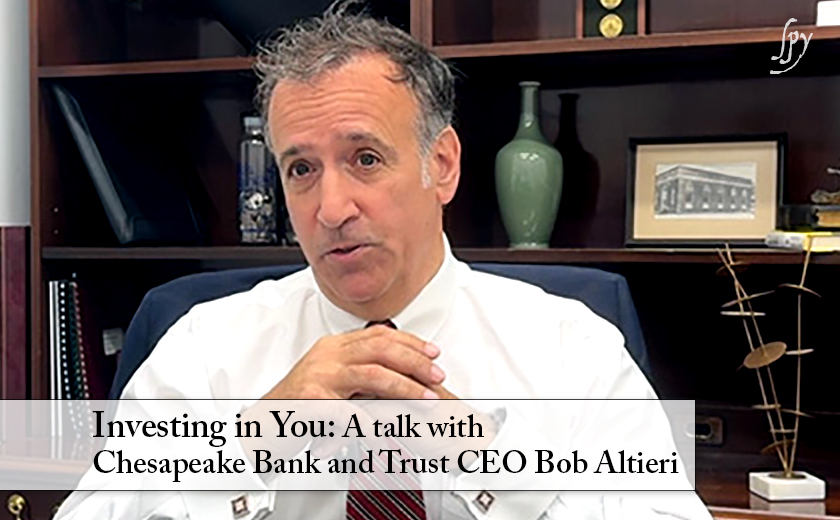


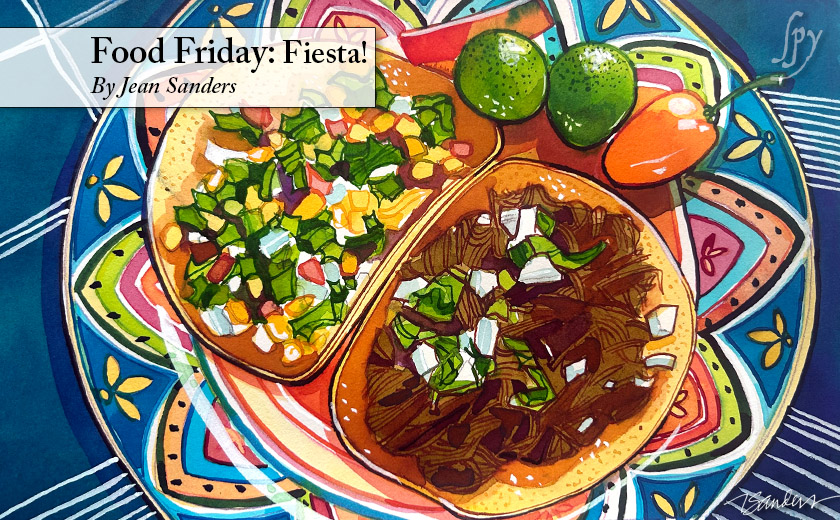


 “My niece Salina — yes, with an ‘a’ — is taking her over,” Robertson says. “She lives in Greenport, which is kind of amazing. It’s come full circle.”
“My niece Salina — yes, with an ‘a’ — is taking her over,” Robertson says. “She lives in Greenport, which is kind of amazing. It’s come full circle.”